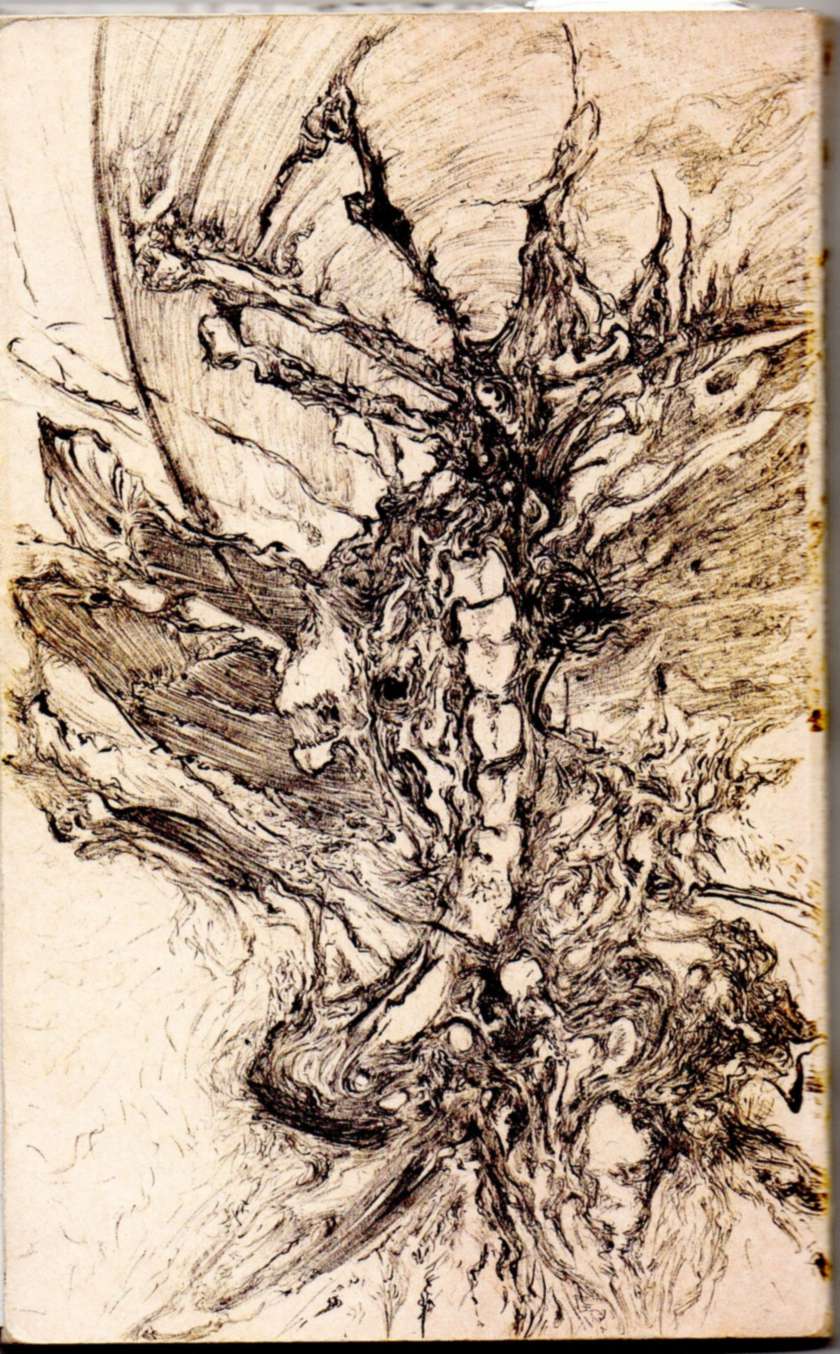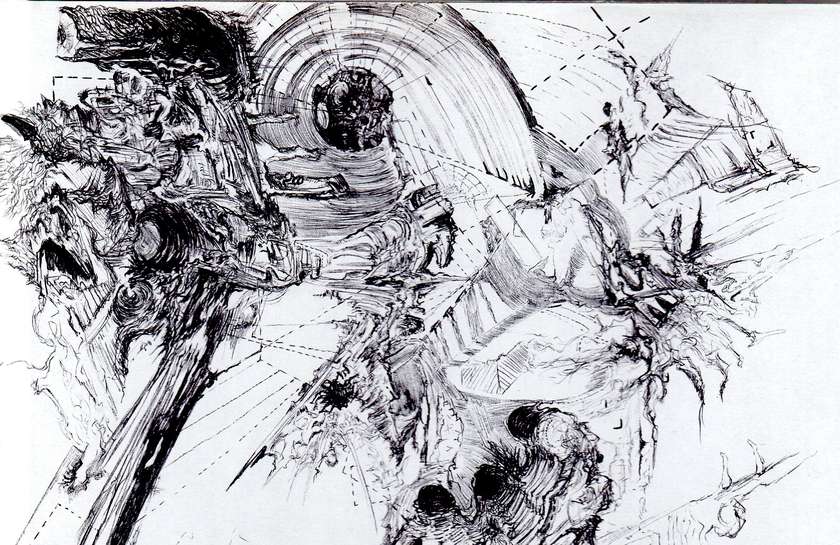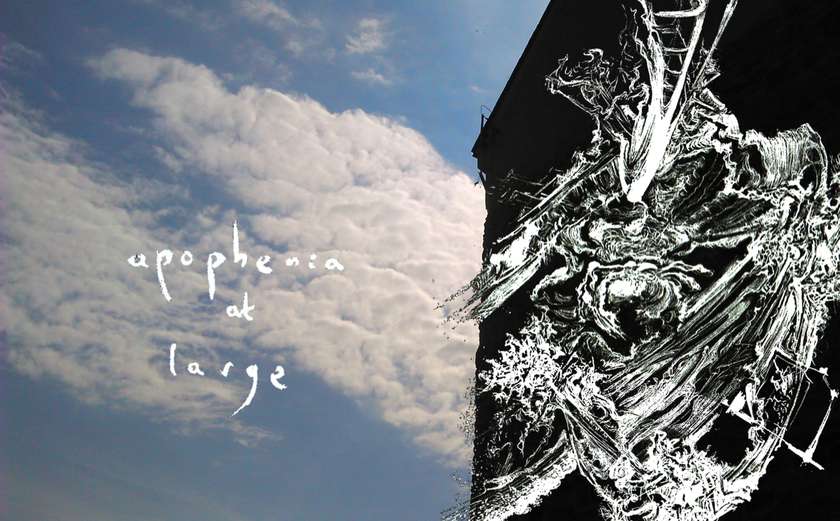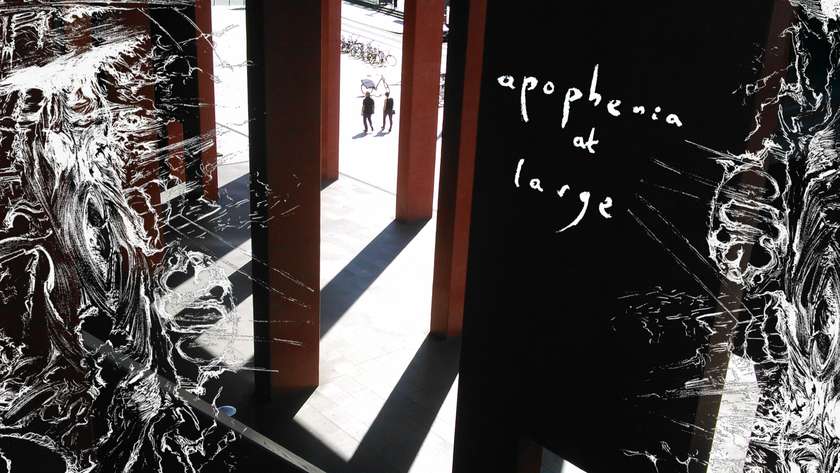Idea by
Maciej Stasiowski
https://apopheniaatlarge.wordpress.com/
Call for ideas 2019
Apophenia at Large
Apophenia at Large

- Systemic changes
The project is meant to investigate concepts that fuse sense-making processes, posing questions about the algortihms behind the facade of the interface. Such paradigms of information flow as big data, cloud storaging, or data bunker have left most of us out in the open. As form of intuitive understanding, be it folk tales, kidstories for children or parables, narratives are meant to guide us through; bringing together concepts inconceivable to fully grasp. Rorschach-like inkblots challenge our forces of pattern recognition, as the emergent forms rely on our cognitive stencils. All concentrate on an intuitive approach to our most imediate environment as it becomes increasingly collated with global issues. In an age of the Anthropocene, one is unable (anymore) to think through compartmentalization towards spaces of daily experiences. It is vital to understand the presentday newspeak in order to revise core concepts of our post-industrial reality.

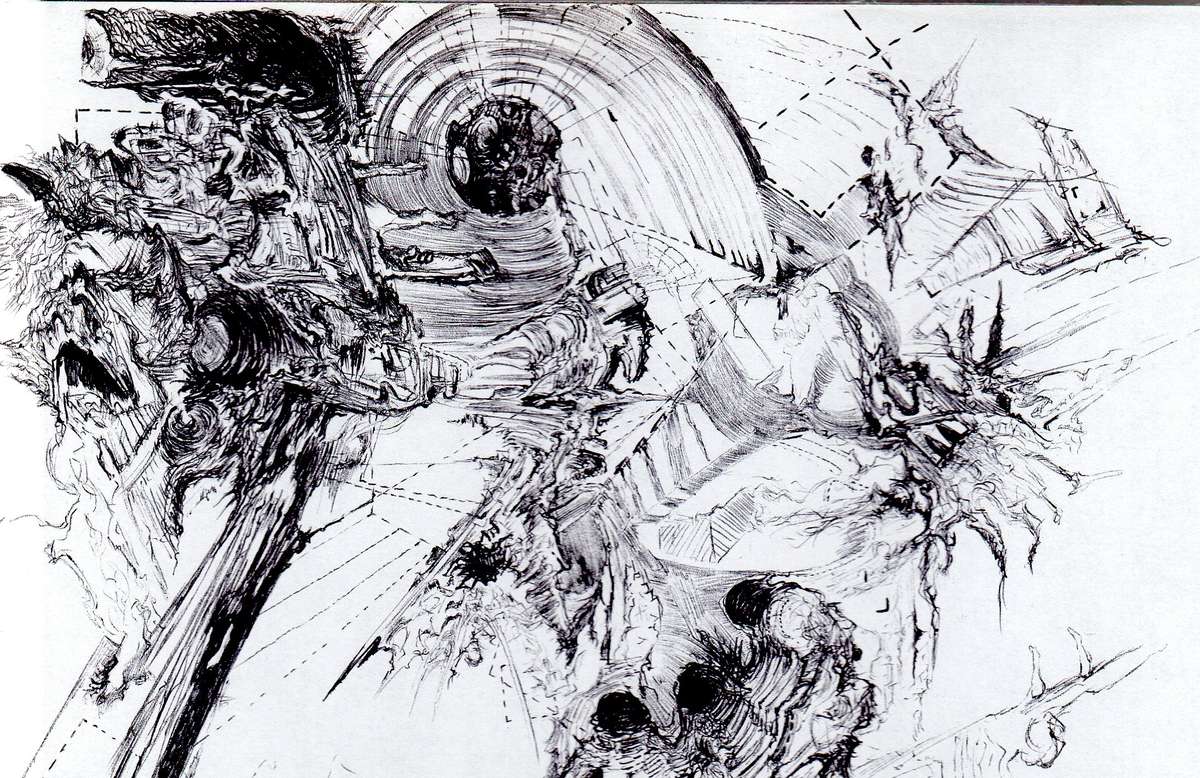
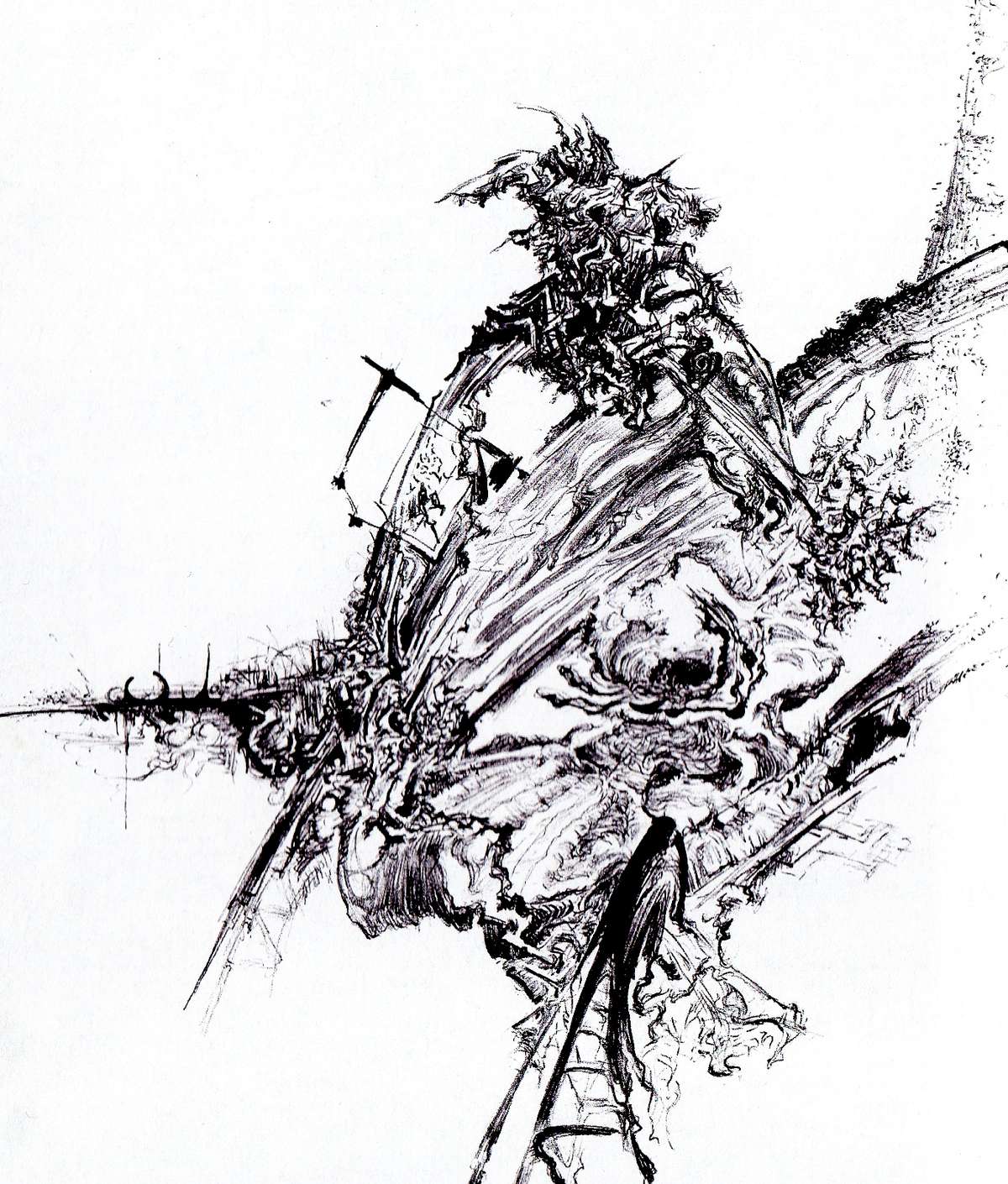
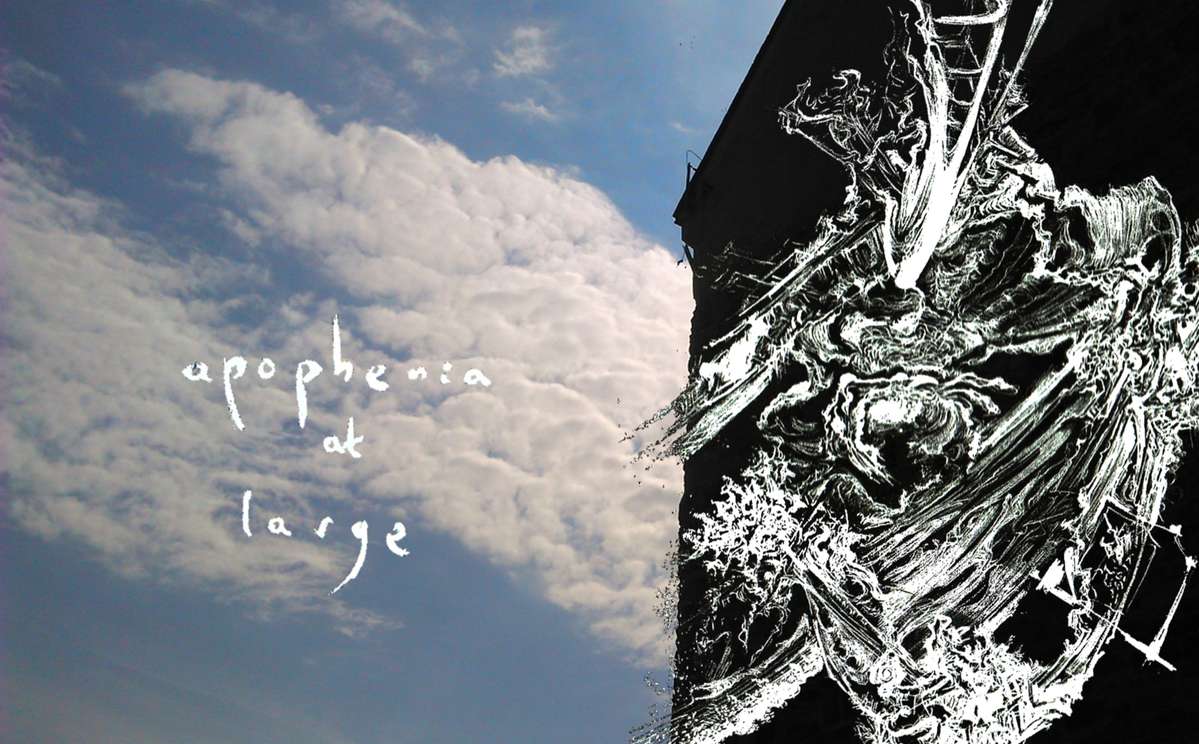
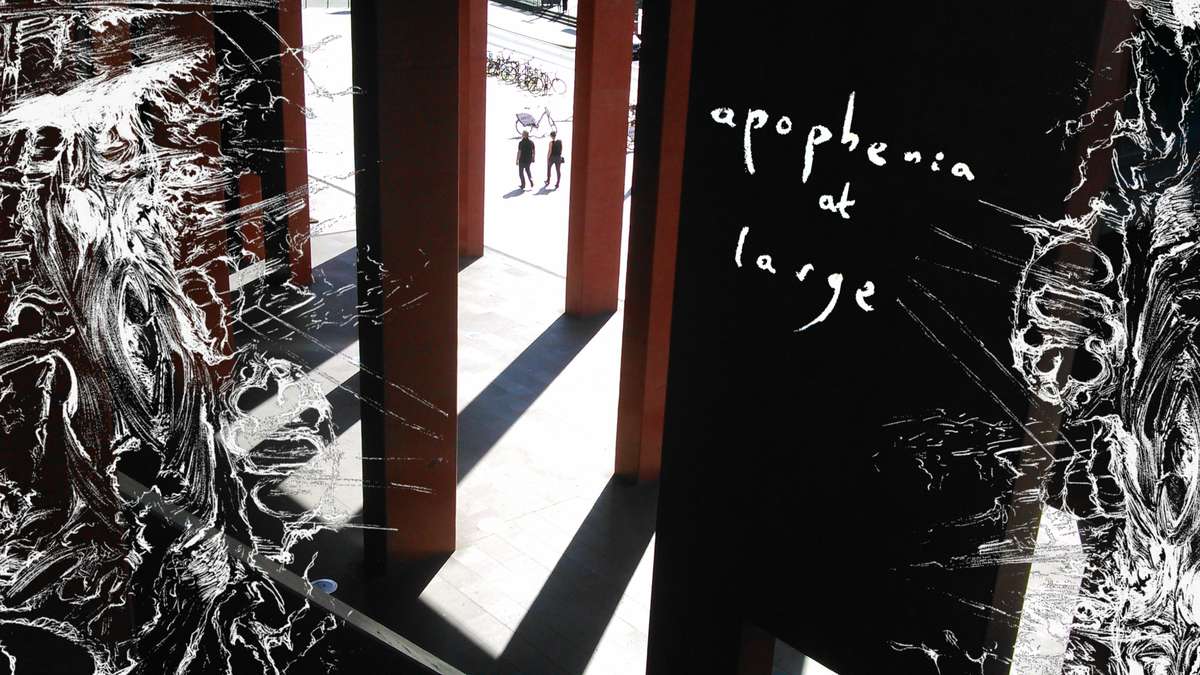
Apophenia at Large
Apophenia at Large

- Systemic changes
The project is meant to investigate concepts that fuse sense-making processes, posing questions about the algortihms behind the facade of the interface. Such paradigms of information flow as big data, cloud storaging, or data bunker have left most of us out in the open. As form of intuitive understanding, be it folk tales, kidstories for children or parables, narratives are meant to guide us through; bringing together concepts inconceivable to fully grasp. Rorschach-like inkblots challenge our forces of pattern recognition, as the emergent forms rely on our cognitive stencils. All concentrate on an intuitive approach to our most imediate environment as it becomes increasingly collated with global issues. In an age of the Anthropocene, one is unable (anymore) to think through compartmentalization towards spaces of daily experiences. It is vital to understand the presentday newspeak in order to revise core concepts of our post-industrial reality.
